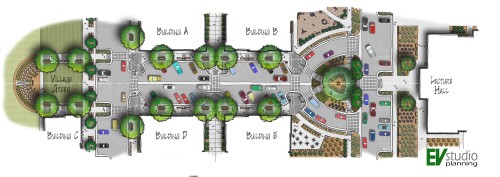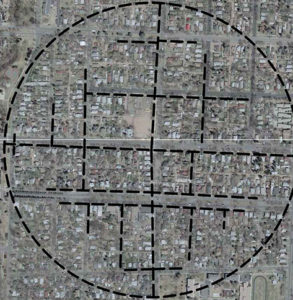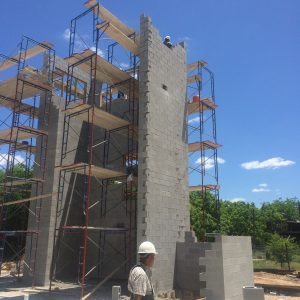The convenience factor, or Location Efficiency, is often a forgotten component of development in a society that has become increasingly automobile dependent. Development occurs with the assumption that people drive and will always get in a vehicle. Location efficiency can be defined as the ability to access the daily basic needs with little or without the use of the automobile. The United States Partnership for Sustainable Communities was created with location efficiency as a foundational element by an inter-agency partnership between HUD (or Department of Housing and Urban Development), DOT (or Department of Transportation) and the EPA (or Environmental Protection Agency). Several advocacy groups, such as the Center for Neighborhood Technology and the Congress for the New Urbanism have relied on this as a foundation for their organizations since their inception.
The United States is beginning to better focus on location efficiency with development as we consider the triple bottom line, that is People, Planet and Profit. In considering the basic human needs, new development has the ability to become holistically sustainable. At EVstudio, we are currently in the process of finalizing construction drawings for a new 10,000 square foot Lecture Hall and over 22,000 square feet of commercial space for Central Texas’ Christian House of Prayer (CHOP).
Places of worship, such as CHOP, understand that convenience is a key component to the congregation. Convenience is important to the principles of creating a Place for Worship; a Place of Learning; a Place of Enrichment; a Place for Friendship; and a Place for Service. A community who worships, learns and serves together create an enriching and friendly environment to spend time. CHOP in Killeen, Texas will soon become an even greater community than it already is today. The ability to park once with access to breakfast, worship, conversing with friends, shopping, dining, playing and attending events at the lecture hall is a convenience that is regularly absent in today’s society. The future for location efficiency is great for CHOP with the improvements under construction and the potential for future residential capabilities.
The synergies that CHOP is employing are a great model for other activity centers. This opportunity is not limited to places of worship, it can be for a corporate center, military installation, campus and several others.











1 thought on “Location Efficiency as the Framework of Activity Centers”
Pingback: Location Efficiency for a Place of Worship « Olson Planning & Urban Landscapes
Comments are closed.